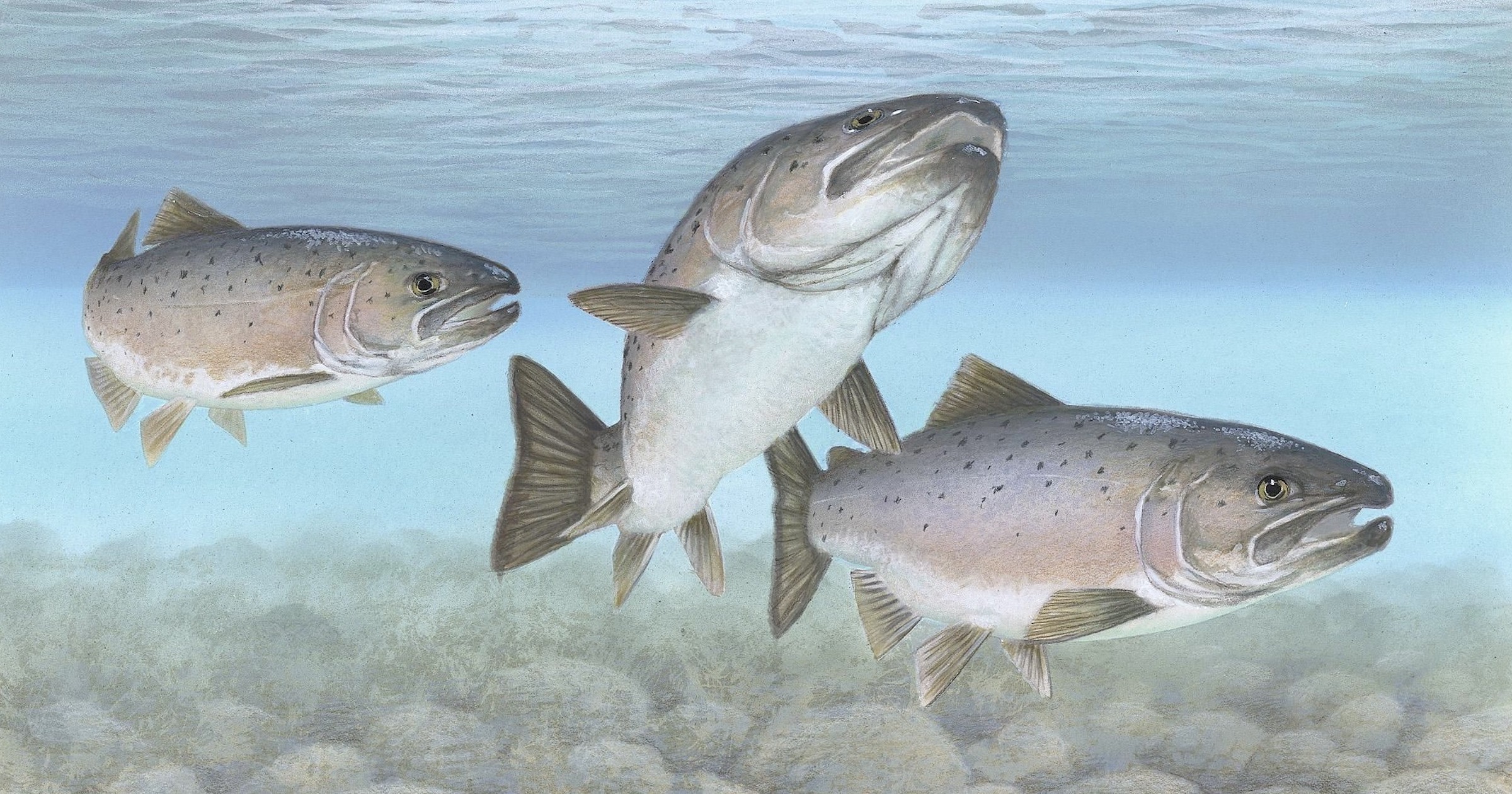 Evolution
Evolution
 Intelligent Design
Intelligent Design
What’s “Natural”? Engineering Creates a Conundrum for Evolutionists

Are humans natural? Writing in PNAS, Juha Merilä comments on, “Human-induced evolution of salmon by means of unnatural selection.” According to his bio page at Research Portal, Dr. Merilä is Professor in the Organismal and Evolutionary Biology Research Programme in the Ecological Genetics Research Unit of the University of Helsinki. He begins,
By modifying environmental conditions, human activities are generating novel selection pressures, which pose challenges to wildlife. When faced with novel selection pressures, organismal populations can respond to this through evolutionary adaptation, modifying their phenotype through plastic changes, or evading these new pressures by migrating to more beneficial environments. Otherwise, they will face loss of fitness and eventually, even extirpation. Although alteration of natural environments by humans has been long recognized as a potential source of novel and strong selection pressures, demonstrating human-induced evolution has proven to be challenging. [Emphasis added.]
The conundrum is obvious here. He refers to “unnatural selection” and “alteration of natural environments by humans” that demonstrate “human-induced evolution” — but why should this be any different from what beavers do to their environments? Are beavers natural? Are their dams natural? Many animals disrupt their environments; are those cases natural?
I do not know Dr. Merilä’s stance on human origins, but it is a safe bet that he (as an evolutionary biologist) denies intelligent design, and believes humans evolved from other natural animals. If so, it is strange to call anything humans do “unnatural.” There seems to be a subconscious recognition in his writing that humans are exceptional, and culpable for damage they cause to “natural” environments. Otherwise, “human-induced evolution” is plain old evolution by natural — not unnatural — selection.
The Human Impact on Salmon
In his commentary, Merilä is reflecting on work by Jensen et al. in PNAS that illustrated the impact humans have had on “natural” Atlantic salmon populations. At the end of his article, Merilä waffles on the “natural” designation and confers the term “agency” on what salmon did in response — a word that overlaps with intelligent design. One could say that beavers are the “agents” of “beaver-induced evolutionary change,” but they had no choice in the matter since the drive to build dams is instinctive, built into their genetic nature. In the case of the salmon, the agency could have been indirect, but Merilä seems to suggest that humans could have, and should have, left the natural salmon alone.
Whatever the selective agent behind the observed body size decline, the study by Jensen et al. provides compelling evidence that the size change is genetically based, driven by natural selection, and clearly associated with human interference with their environment. While concerns about undesirable consequences of human-induced genetic changes in natural fish populations were raised in 1950s, a lot of the early research on this topic failed to provide evidence that observed phenotypic shifts have a genetic basis and hence, represent evolutionary changes. With this in mind, one of the major contributions of the work of Jensen et al. is in providing hard evidence for human-induced evolutionary change.
The confusion remains. Are humans acting naturally when they become “selective agents”? Are humans thus culpable for the “undesirable consequences” of genetic changes to “natural” fish? Who decides what is “undesirable”? Evolutionists believe that many unsavory consequences of evolutionary change, such as extinctions, have occurred throughout natural history before humans emerged. That label undesirable is an ethically loaded word unique to humans. A “natural” beach stranding of whales might be undesirable for the whales, but highly “desirable” for bacteria.
Still More Confusion
The confusion is evident also in the Jensen paper. The last paragraph says,
Our study provides unequivocal evidence of unintentional human-induced evolution in a natural population, in which the species managed to adapt to the altered environment. River Eira once harbored some of the largest salmon in the world but has now evolved into an ordinary salmon population. This successful adaptation comes at a cost of reduced life-history diversity, and, potentially, reduced population stability and resilience to further environmental change.
“Unintentional” is an interesting word here. Design advocates identify intentionality as a discriminator between chance and design. If humans had intended to make the fish evolve, and it cost the salmon some of their adaptability and resilience, would that have been unethical? If not, then whatever happened was “natural” and hardly worth worrying about.
We can tell, however, that Merilä had more on his mind, because he praised the Jensen team for documenting human-induced evolutionary change which had raised “concerns about undesirable consequences” back in the 1950s. Now there is hard evidence. The concerns were valid. Humans are guilty as charged. I’ll have more to say on this tomorrow.
Next, “More Unnatural Naturalism, and More Confusion from Naturalists.”
